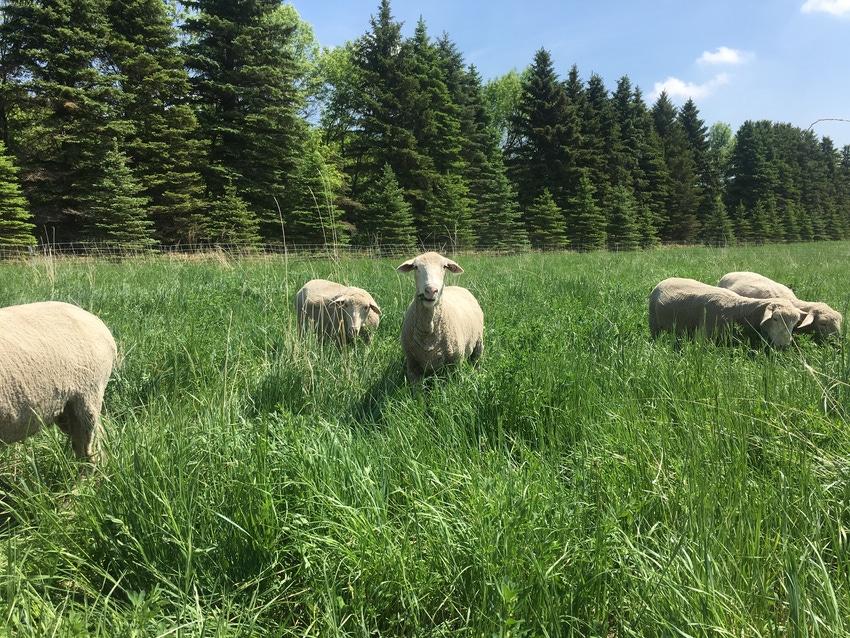Environmentalists fail to end sheep grazing at research center based on claims of increased likelihood of human/bear conflicts.
June 17, 2019

The U.S. District Court of Montana recently ruled in favor of the U.S. Sheep Experiment Station (USSES) on a motion for a permanent injunction and summary judgment, according to the American Sheep Industry Assn. (ASI).
Beginning in 2012, the plaintiffs in this case -- Cotton Environmental Law Center et al. -- filed a lawsuit against the sheep station and the U.S. Department of Agriculture's Agricultural Research Service (ARS) seeking a new biological opinion from the agency. Again in 2014, the plaintiffs challenged the new biological opinion they had sought and the station's underlying National Environmental Policy Act (NEPA) analysis. This action effectively ceased grazing on the station's lands in this controversy, as the station agreed not to graze sheep until the completion of the ongoing NEPA analysis. The completion of this analysis and accompanying environmental impact statement (EIS) resulted in the plaintiffs seeking an injunction and motion for summary judgment against the station in March 2018.
The basis of the plaintiffs' most recent claims was that sheep grazing was injurious to the grizzly bear population in the area and resulted in an increased likelihood of human/bear conflicts. The plaintiffs asserted that they had new evidence of this increased likelihood of conflict that had not been considered in the environmental documents and demanded that a supplemental EIS be prepared. Citing grizzly bear activity in the vicinity of the station's lands and tangential evidence, the plaintiff's claimed that the preceding final EIS was invalid.
As the judge noted, a supplemental EIS is necessary when there is a substantial change to use relevant to environmental concerns or significant new information is presented. The court rejected the plaintiffs' claim, finding that the evidence presented was not new in time or new in fact.
The information regarding the possibility of human/bear conflicts was adequately considered in the final EIS, and therefore, a supplemental EIS was not necessary. Evaluating the plaintiffs' claim under the Administrative Procedures Act, an agency action can be set aside only if it was arbitrary and capricious. Through the court's analysis, the evidence supported a rational connection between the facts the agency considered and the decision it made, ASI reported in a recent newsletter.
“Unfortunately, the station has been the target of environmental litigation seeking to remove sheep grazing for far too long. The American Sheep Industry Assn. and its U.S. Sheep Experiment Station Working Group members are wholly dedicated to defending research at the station for the next century though advocacy in the courts, Congress and the Administration,” ASI said.
The USSES has research land in two states: 27,930 acres of ARS land at headquarters six miles north of Dubois, Ida., which has an office, laboratory, animal, equipment and residential buildings, dry-lot facilities for research use throughout the year, lambing facilities and lands used for spring and autumn grazing and rangeland research; approximately 16,600 acres of (unsurveyed) ARS land in Montana that is used for summer grazing and rangeland research; 2,600 acres of ARS land at the Humphrey Ranch in Idaho near Monida, Mont., which has animal facilities and equipment buildings and is used for spring, summer and autumn grazing and rangeland research, and 1,200 acres of ARS land at the Henninger Ranch near Kilgore, Ida., which has animal facilities and is used for summer grazing and rangeland research.
You May Also Like
.png?width=300&auto=webp&quality=80&disable=upscale)
.png?width=300&auto=webp&quality=80&disable=upscale)

